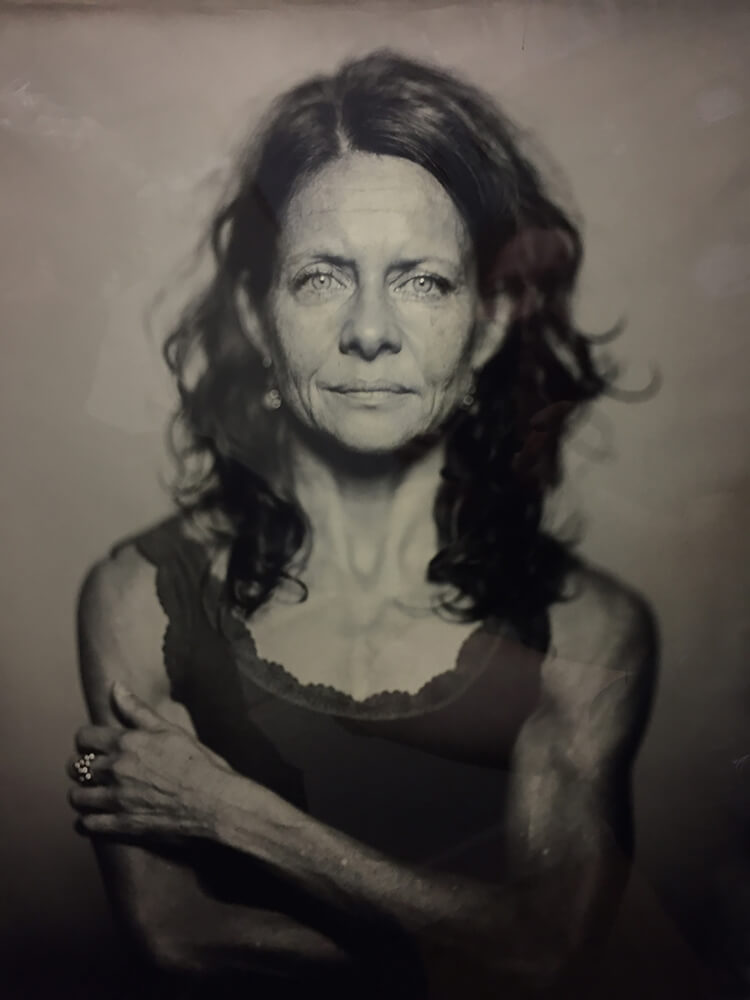After completing a modern dance education at the Higher School for Arts in Arnhem, she graduated in 1998 from the Royal Academy of Arts, from the photography department.
Susanne specializes in portrait and theater-dance photography.
Susanne exhibited a.o. at Soho Photo Gallery in Soho, New York, Deelen Art in Rotterdam, Reflex Modern Art Gallery in Amsterdam, Smelijk en Stokking and gallery Hollandsche Maagd in Gouda and galerie Fontana Fortuna in Amsterdam.
She won several awards a.o. the
Canon Master, International Photo Awards, Trierenberg Super Circuit 2019 - gold
Susanne's work concerns people and their feelings.
Being human, concerning life. She does not want to make a statement, or be judgmental, but show how she is touched by people, and what she sees in them.
If someone can be true to their nature, and not pretend to be anything other them themselves it is almost always beautiful. Then people show their openness, vulnerability and love.That is what she wishes to voice in her work.
Statement"In my portraits I am looking for honesty and vulnerability. I believe that vulnerability makes us nicer human beings and that this makes the world a little more friendly and more understanding. People who show themselves vulnerable give the other the confidence that they themselves may be who they are.
I am most fascinated when I can see opposite qualities of a person at the same moment.
I find this exciting because people are complex. I hope that the portrait touches something of the viewer himself." --
Susanne Middelberg